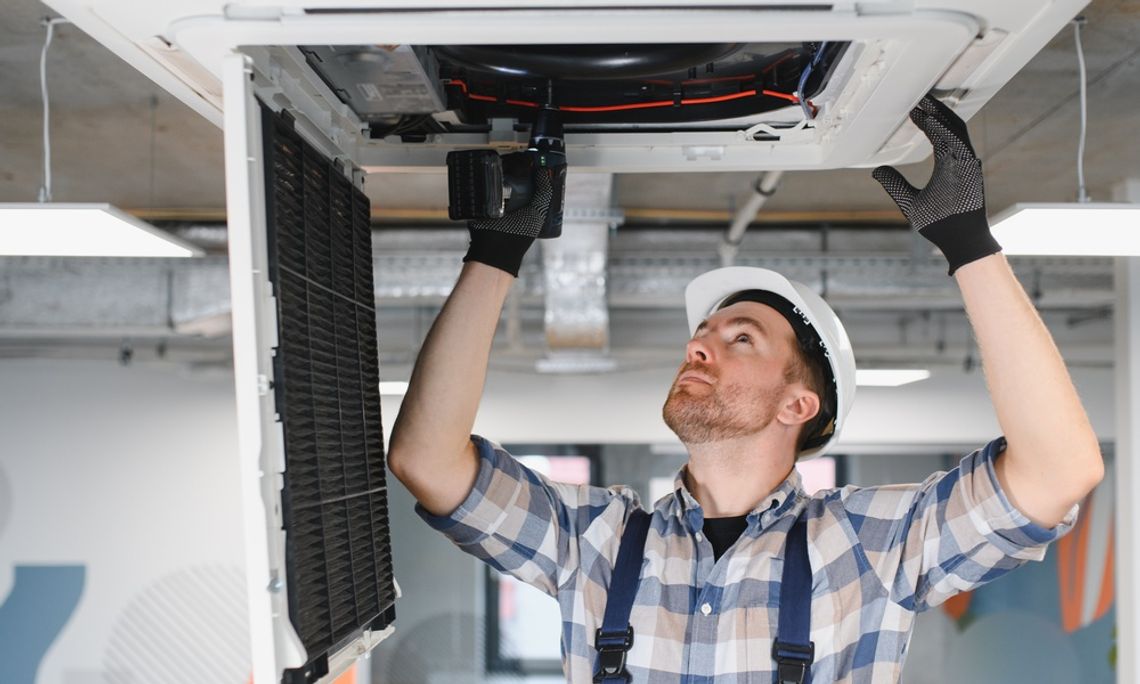Your home's comfort depends on a properly functioning HVAC system, and every component matters. When homeowners in Pelahatchie choose cheaper fittings during installation or repairs, they might save a few dollars upfront.
However, the hidden costs of using low-quality HVAC fittings can devastate your budget over time. These seemingly minor components can create major headaches that affect both your wallet and your family's comfort.
Reduced System Efficiency Drives Up Energy Bills
Low-quality fittings cause air leaks in your ductwork. These gaps make your HVAC system work harder to keep your desired temperature. Your energy bills go up each month as the system tries to make up for lost air. Poor seals around connections let conditioned air escape into walls, attics, and crawl spaces where it does no good.
The compressor runs longer cycles to reach the same cooling or heating results. This longer operation increases electricity use and puts extra strain on the motor. Homeowners see their monthly utility costs rise without understanding why their usage hasn't changed.
Frequent Repairs Become the Norm
Affordable fittings are more prone to breakage than high-quality ones. Plastic parts crack with temperature shifts, and cheap metal fittings corrode faster. These failures cause costly emergency repairs instead of regular maintenance.
System failures happen at the worst times, like on Mississippi's hottest or coldest days, with emergency fixes costing much more and limited parts making repairs harder.
Premature System Replacement
Poor-quality fittings can shorten the lifespan of your entire HVAC system. Constant stress from air leaks and inefficient operation wears down major components faster. The compressor, blower motor, and heat exchanger face increased workloads, which accelerate wear.
Systems that should last 15-20 years might need replacement after 8-10 years when low-quality fittings compromise their operation. Replacement costs for residential HVAC systems range from $5,000 to $15,000 or more, depending on size and efficiency ratings.
Air Quality Problems Affect Health and Comfort
Faulty fittings allow dust, pollen, and other contaminants to enter the ductwork, reducing indoor air quality. This aggravates allergies and respiratory conditions and reduces filtration effectiveness.
Moisture infiltration from poor connections fosters mold and mildew, posing health risks and requiring costly remediation. Avoid common brass-fitting mistakes, such as improper torque or incompatible thread compounds, to maintain seals.
Property Damage from System Failures
Water damage from failed fittings can affect flooring, walls, and personal belongings. Refrigerant leaks create environmental concerns and require professional cleanup. Insurance claims for HVAC-related property damage can increase your premiums or affect coverage eligibility.
Condensation problems from poor-fitting connections can damage insulation and create structural issues. Ceiling stains, wall discoloration, and damaged drywall require costly repairs beyond the HVAC system itself.
Making Smart Choices Protects Your Investment
While quality fittings may cost more initially, they offer better long-term value by preventing the hidden costs of low-quality alternatives on HVAC systems. Professional installation with correct materials protects your investment and maintains manufacturer warranties. Regular maintenance also helps identify potential fitting issues before they cause major system damage.
Working with licensed HVAC contractors using quality components saves money long-term. They know which fittings suit different applications and climates, preventing costly mistakes homeowners face with inferior parts or DIY repairs.


Comment
Comments